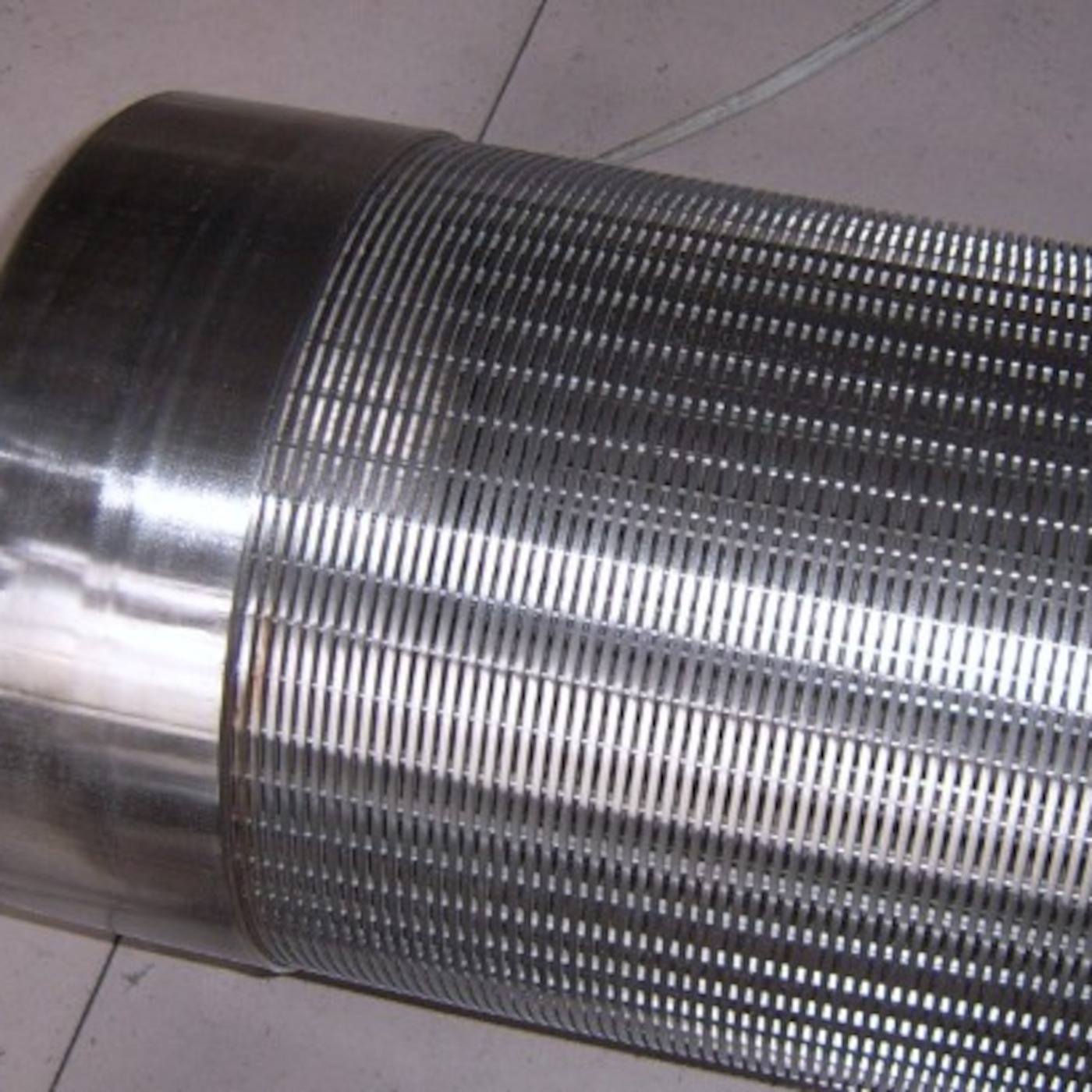Water Wars Over Nuclear Energy

In April the New York State Department of Environmental Conservation denied Indian Point Nuclear Plant\u2019s application for a water quality certification. In their 28 page letter, the NY DEC told the plant they have no alternative but to install expensive cooling towers to eliminate the plant\u2019s impact on fish and fish larva in the Hudson River.\nPower plants of any type (not just nuclear plants) adversely affect aquatic organisms in three primary ways: thermally by heating the water, by entrainment where small fish and fish larva are sucked into the cooling system and are injured as they pass through, and by impingement where fish are injured by the plant\u2019s intake but not sucked though the cooling system.\nThe plant had proposed installing \u201cwedge wire screens,\u201d essentially large high tech strainers on the water intake. The screens would virtually eliminate fish impingement, and would reduce entrainment (according to the DEC) by between 72% and 76%. That was not a sufficient reduction in entrainment to satisfy NY State.\nThey denied the proposal because:\n\nThey said cooling towers would eliminate at least 90% of the entrainment, and\nThey said wedge wire screens are still \u201cexperimental in nature\u201d and unproven in aquatic environments like the Hudson River, and at nuclear power plants like Indian Point.\nThey also stated Indian Point was violating the law by killing endangered shortnose sturgeon by impingement and entrainment.\n\nIn this podcast I'll discuss all three arguments!